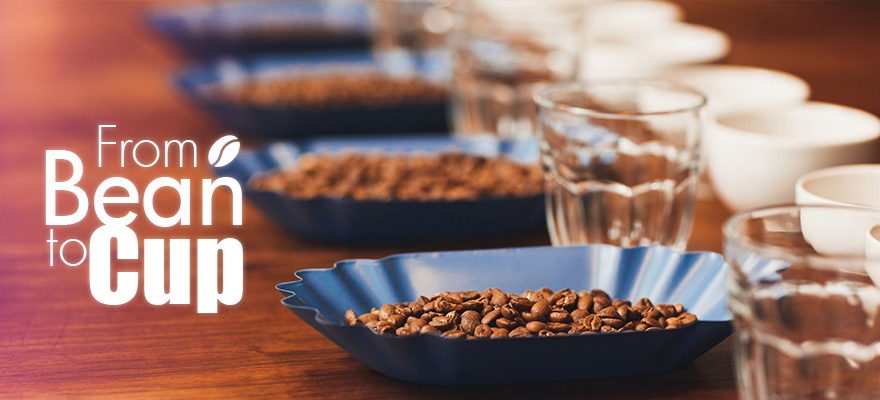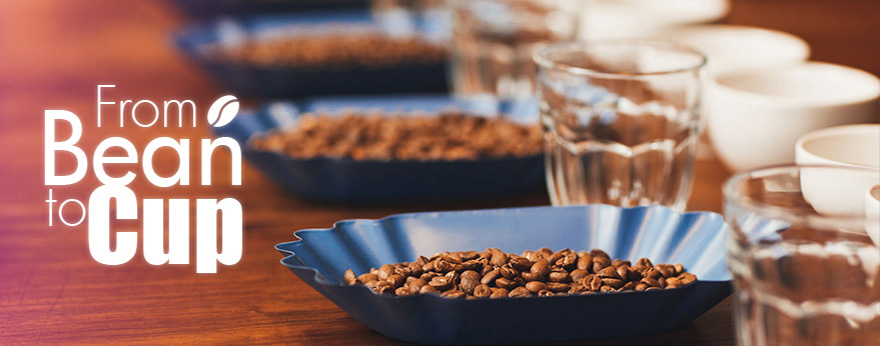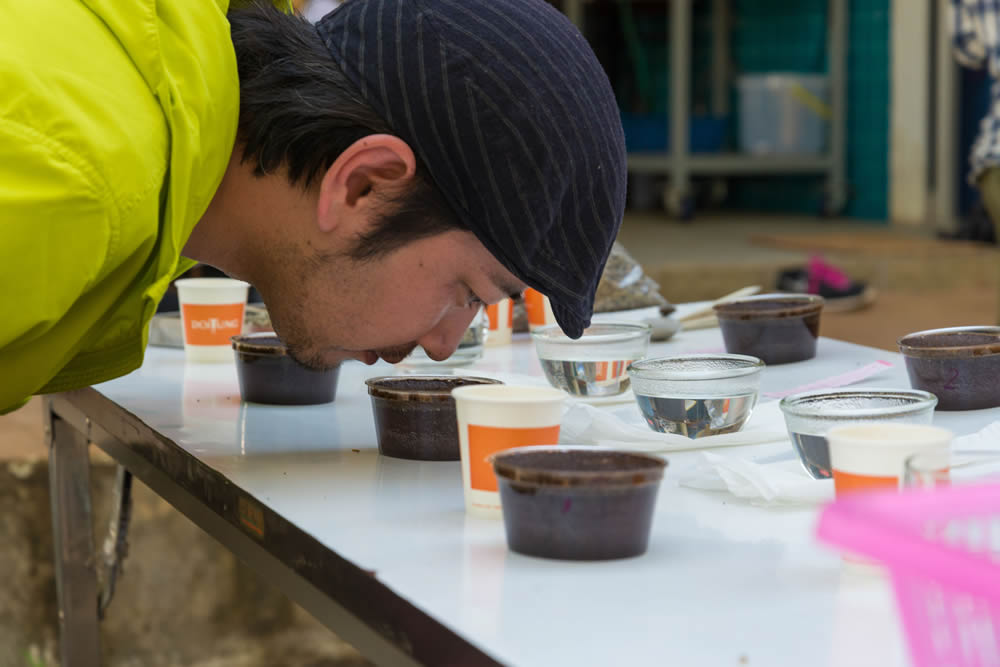From Seed to Cup

The Coffee Tree
Originated from Ethiopia, the coffee tree traces its origin to a genus of evergreen plants known as coffea Arabica. What is commonly called coffee beans are the seeds of the fruits of coffee trees, and the naming is owing to their resemblance to true beans.

There are three major coffee growing regions in the world. Mainly situated between the Tropic of Cancer and the Tropic of Capricorn, and in the tropical regions near the Equator, they comprise what is commonly called the Coffee Belt. As the soil, climate and plantation methods vary between the regions, the coffee beans produced in each region are also distinctive.

Coffee beans mainly fall into the two species of Arabica and Robusta. Coffea Arabica is of the best quality, and they are cultivated in mountains at altitudes of 2000 to 6500 meters. The higher the elevation, the higher the quality of the coffee is. Coffea Robusta, which originated from Congo, are grown at altitudes of below 2000 meters, and the mass-cultivated coffea are used for producing instant coffee.

The choice of processing methods of coffee beans is related to such factors as territoriality, climate or even altitudes, and which affects the quality of coffee beans.

Roasting transforms the chemical and physical properties of raw coffee beans into roasted coffee products. The roasting process causes coffee beans to swell and changes their colour, body, aroma and density, producing the unique flavours of the coffee

Similar to wine tasting, coffee cupping is the evaluation of coffee quality by such objective standards as sweetness, acidity, bitterness, aftertaste and aroma. Cupping is done prior to the purchase of raw coffee beans at the coffee production site for the buyer to decide on the purchase. According to the cupping protocols of SCAA, coffee receiving a score of 80 or above is graded as specialty coffee.

Grinding and Coffee Flavours
After coffee beans have been ground into powder, rapid oxidisation results from the increased surface exposure to air, and the oils contained in coffee beans generate acidity from oxidization. The method of brewing is determined by the fineness of coffee grounds. Where the brewing time of the machine is shorter, the surface of the grounds must expand for increased contact with water; conversely, if the brewing time is longer, the grounds must be coarser.

Brewing by hand
Pour hot water onto coffee grounds, and extract the coffee with filter paper and filter cup. The entire brewing process takes 3 to 4 minutes. As the speed, water, and temperature of the hot water being poured are controlled by the person who does the brewing, each brew carries unique tastes. While only simple equipment is used, brewing by hand requires considerable skills and experience.
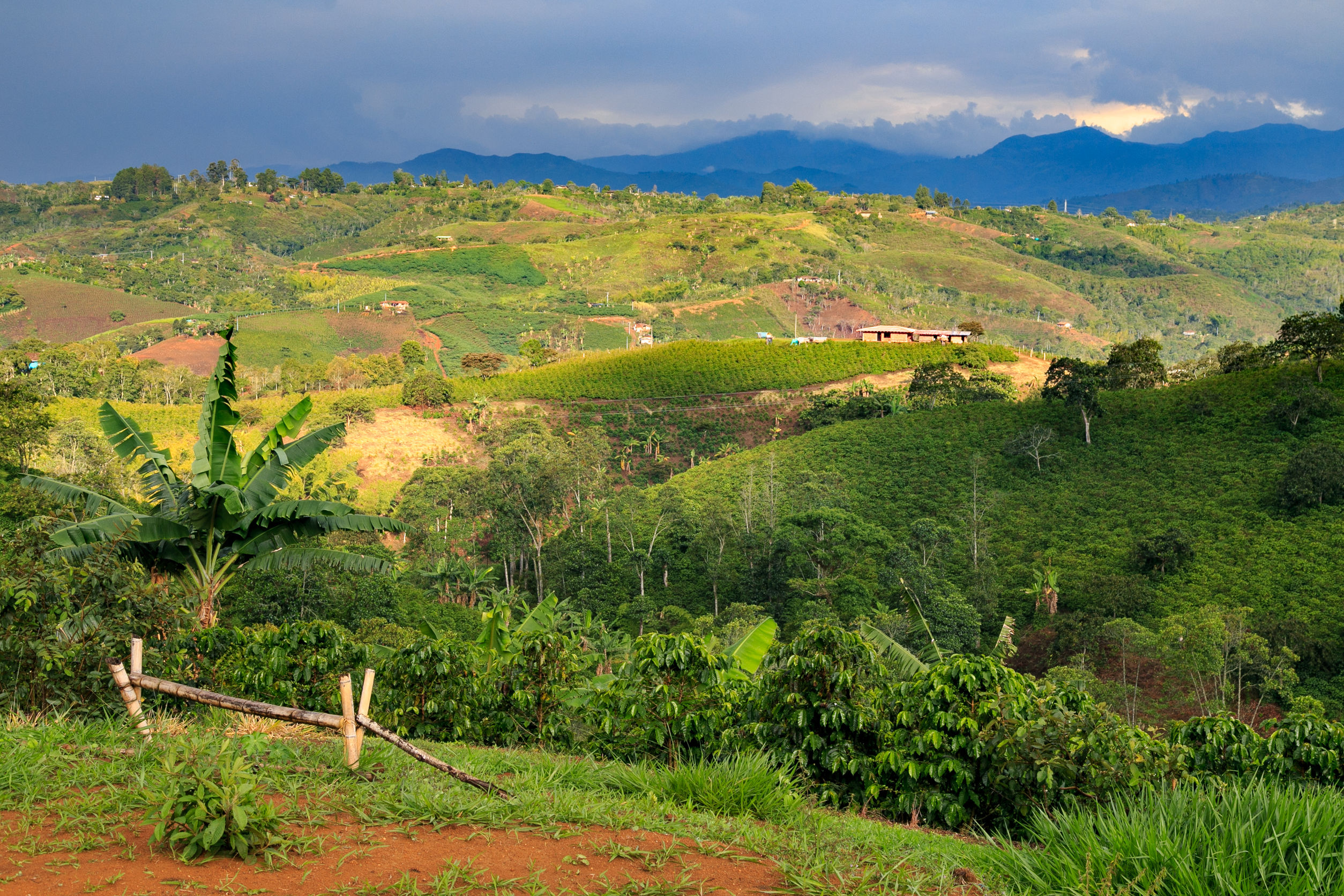
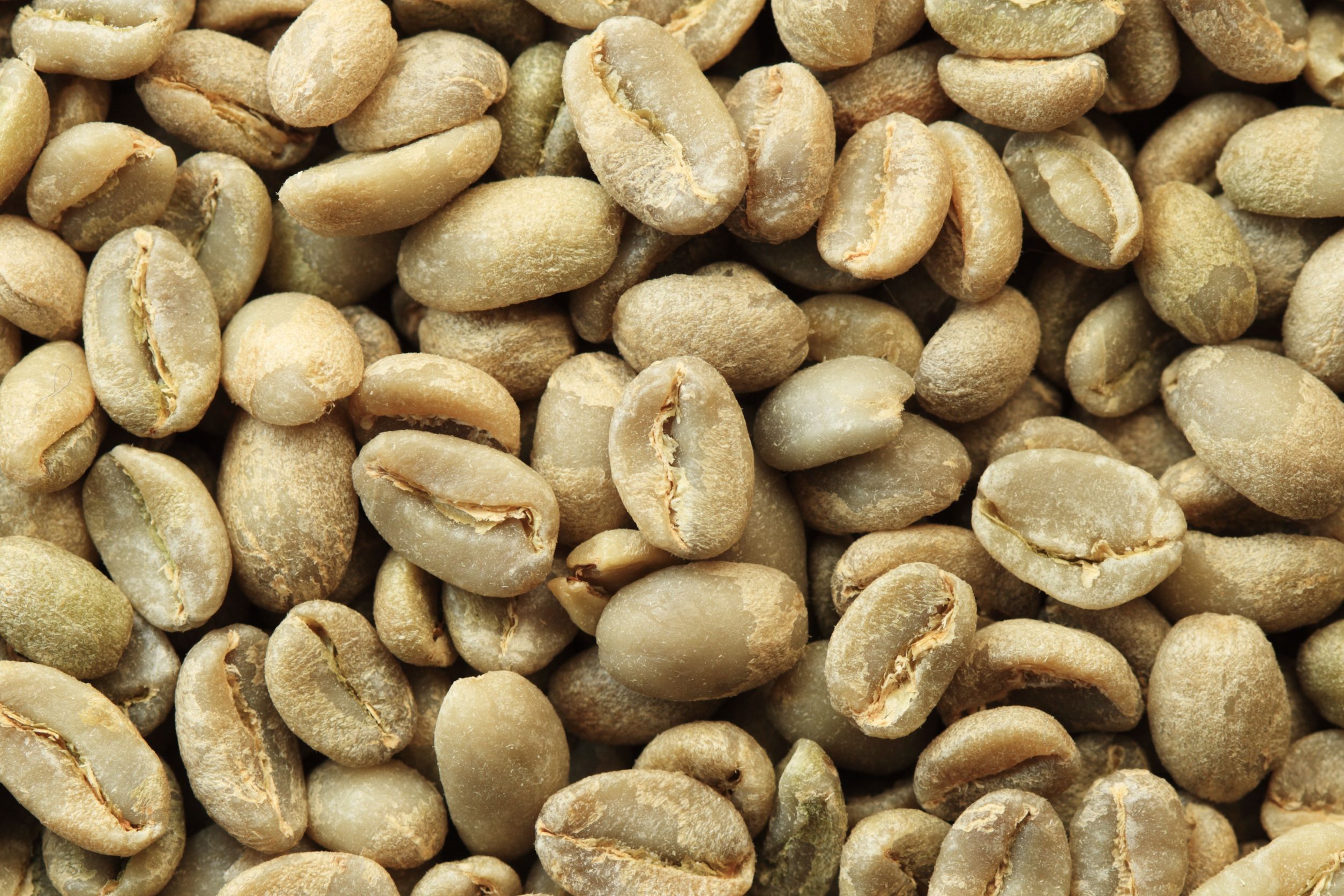
Join ISCC
Our Institute’s mission to cultivate the specialty coffee culture in Hong Kong.……………………………………………………. ………………..
Specialty Coffee
According to Specialty Coffee Association of America (SCAA), specialty coffee is hailed to be gourmet or premium coffee.…………………………..
Coffee Cupping
Similar to wine tasting, coffee cupping is the evaluation of coffee quality by such objective standards as sweetness, acidity, bitterness, aftertaste and aroma.







